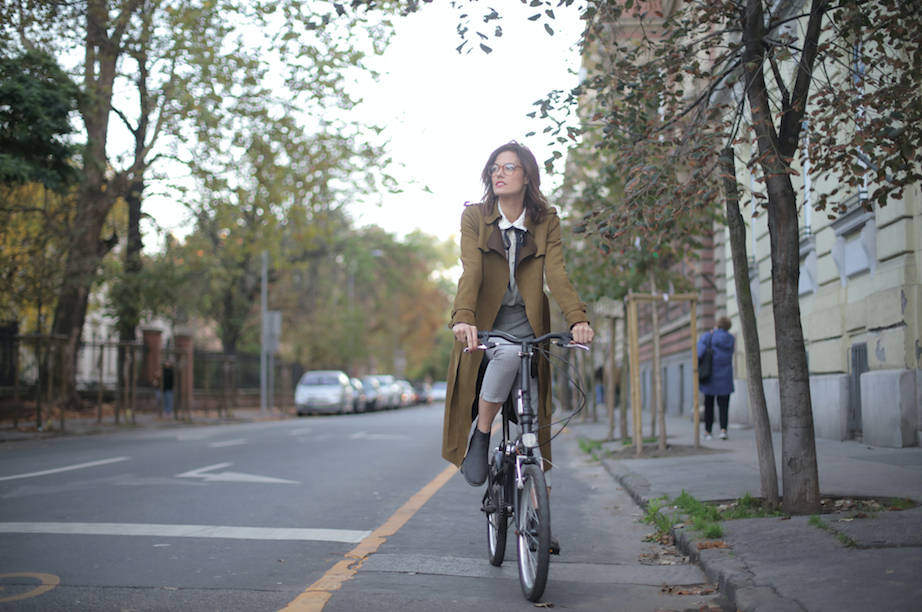The global pandemic has transformed the way many undergo the daily commute, the rising popularity in cycling holding the potential to change key areas around the post-COVID office.
Reports have shown a major rise in popularity for the government’s Cycle to Work scheme, with a 120% increase in people joining during June of this year. Due to rising interest, this scheme is beginning to experience a revival, initially introduced during 1999 as one of many measures in the Green Transport Plan.
Many have begun opting for this scheme as it offers a safer alternative for thousands of workers wanting to avoid public transport and reduce the risk of exposure to COVID-19.
Alongside this renewed interest in cycling, towards the end of last month (July 2020), PM Boris Johnson revealed plans to further promote walking and cycling across the country, fuelling this plan with £2 billion to help fund new protected bike lanes in addition to cycling training for adults and children.
This new revolution to the way workers commute is set to have a considerable impact on key features of the office, including their location and the facilities they offer. This could help not only to promote a healthier lifestyle for employees but also enable businesses to show care and support for their staff in accommodating to this new and important trend.
With businesses everywhere having been planning on how to get staff back to the office safely, reorganising the workspace in line with social distancing and other COVID-preventative measures, many have begun to explore the option of regional hubs.
These hubs could help to space out businesses’ workforces and help more employees manage the cycle to work – all whilst reaping the benefits a social working environment provides. This includes promoting teamwork by having employees work side by side, whilst also helping staff to better separate their work from their personal life.
Given this boom in cycling, the requirements tenants will now have when looking for a workspace could also change. Whilst showers and cycle storage has previously been a nice perk for workers considering a healthier commute, with a now government-backed push in cycling to work, many businesses may now see features accommodating for cyclists as a must for their offices, or at the very least, a more desirable feature within the commercial property landscape.
COVID-19 has had a considerably detrimental impact to many aspects within the workplace. With this newfound trend in cycling to work, businesses and their staff could help pave the way for a safer daily commute, and emerge from the global pandemic with healthier, more sustainable practices.
